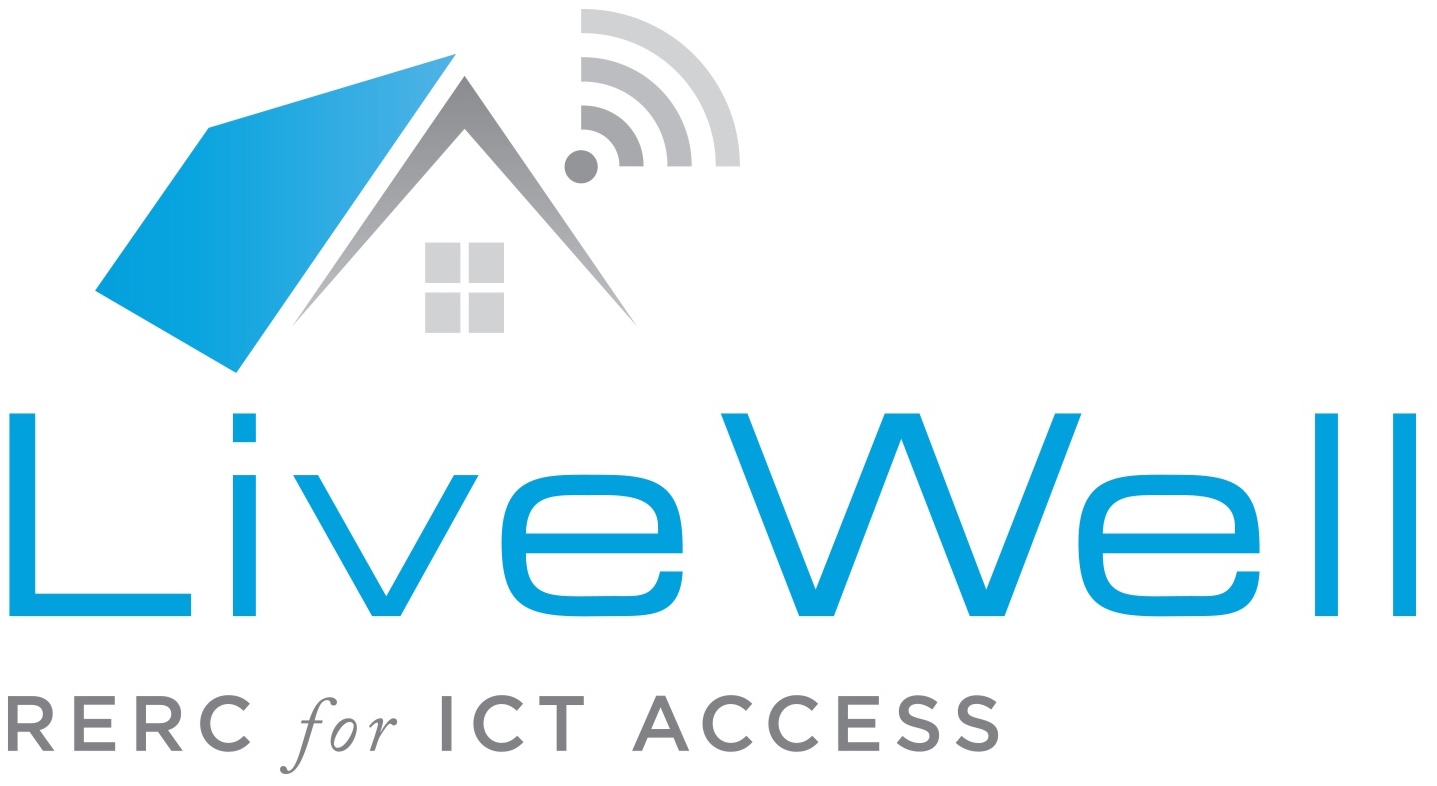Things are just a means to an end: New user experiences
/By John den Haan
We’re at an inflection point in the history of business. Technologies like IoT, big data and machine learning promise to reshape entire industries. According to McKinsey, IoT alone could generate up to $11.1 trillion a year in economic value by 2025. It’s important to emphasize “could” here, because I believe the potential business value of IoT is currently being overshadowed by the focus on devices alone.
Let me explain. When people talk about the internet of things, they tend to focus on the devices and how sensors can connect to the cloud to aggregate massive realtime data streams. This is really cool stuff from a technology perspective, but from an end user perspective, the device itself doesn’t offer much.
Gartner analysts predict that by 2020 there will be as many as 25 billion things connected to the internet. To break it down, that means three connected devices for every person on the planet. At this point, connected devices are developing so fast that they will soon exist in every physical product and asset, from toothbrushes to turbines. What makes a difference to your users — and what will take your company from being digitally disrupted to becoming a digital enterprise — is focusing on the experience.
Don’t get me wrong: IoT is great, but it is an enabler for something even bigger. To simplify, connected devices are the foundation, so you can focus on building new experiences on top of it for your employees, customers and partners. I call this the shift from the internet of things to the internet of experiences, or IoX.
The role of IoT
Don’t think this means that I’m devaluing IoT; connected devices are valuable to almost every industry. Here’s the catch: Connected devices are just that — devices. What companies need to pay attention to is the massive amounts of data coming from connected devices. According to IDC, by 2020 the world’s data volumes will double every two months — explosive growth being driven, in large part, by sensors.
In fact, the amount of data is rising so rapidly that it cannot be processed solely by humans anymore. The data alone is overwhelming and has little value unless you are able to extract meaning from it. This need fuels the trend of predictive analytics, machine learning and deep learning.
The key imperative for companies is bringing IoT together with these analytics and machine learning technologies to build smarter applications that deliver new user experiences.
What’s so smart about a smart app?
Applications aren’t a new concept; in fact, most businesses and customers utilize applications in one form or another. But business applications are being radically refined because of IoT, big data and machine learning technologies. It has led to the rise of a new type of application I call a smart app.
Smart apps are innovative systems that deliver new and enhanced experiences by leveraging IoT, historic and contextual data, along with algorithms, to guide users proactively in performing tasks and taking the right actions. Unlike their predecessors, they are:
Intelligent: Smart apps use analytics, machine learning and AI services to make recommendations and predictions that guide users and things to take the next best action
Contextual: Using personal, sensor and location data, smart apps are personalized, embedded in users’ processes and available on any channel/device
Proactive: Smart apps come to the user versus the other way around, leveraging push notifications, chat bots and messaging services to proactively interact with users and give them smart recommendations of what to do and when
Building smart apps will help companies with this shift from the internet of things to the internet of experiences.
The advent of smart apps
Now, I’m talking about more than just buzzwords. Businesses are already putting IoT devices in practice to create new smart experiences. Open your phone, you can find Trulia, a good example of a consumer smart app. This real estate app is intelligent and contextual because it knows your location, the weather and if you are walking or driving. The app is proactive and uses an API to send smart push notifications to alert you to visit an open house only if you are nearby, walking and the weather is nice.
Not to be left out, B2B enterprises are also already taking advantage of smart apps. One manufacturer of lighting for the horticultural industry realized that it could offer more than just a physical product; it could also enable greenhouses to grow better plants, faster. The company transformed its business into greenhouse optimization as a service. The starting point is sensors to collect data on light, temperature, soil, weather and more. Machine learning services transform this sensor data into predictions and recommendations for optimizing the photosynthesis of the plants along with energy consumption and greenhouse maintenance. The smart app predicts the life expectancy of each bulb and proactively notifies maintenance workers to replace it before any disruption occurs.
From idea to reality
There is no shortage of ideas for new connected products and services, enabled by the internet of things. However, all of the opportunities smart apps provide hinge upon an organization’s ability to harness IoT, big data, analytics and machine learning.
Remember: devices and data aren’t ends in themselves. How will you make them actionable to create new experiences for your users?

